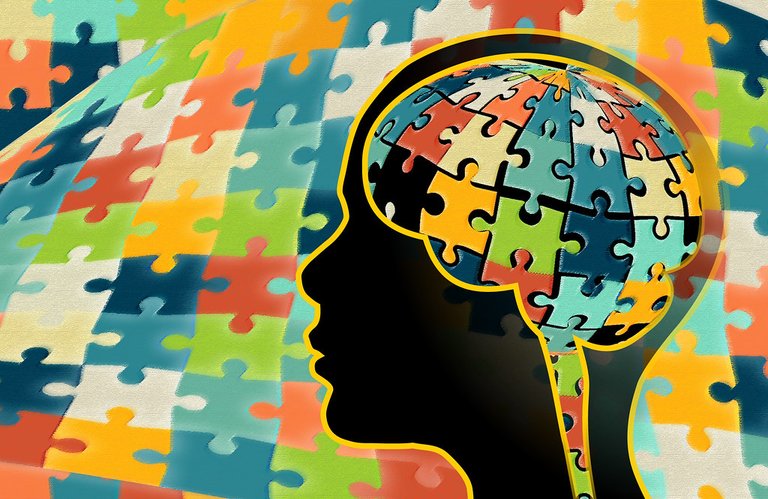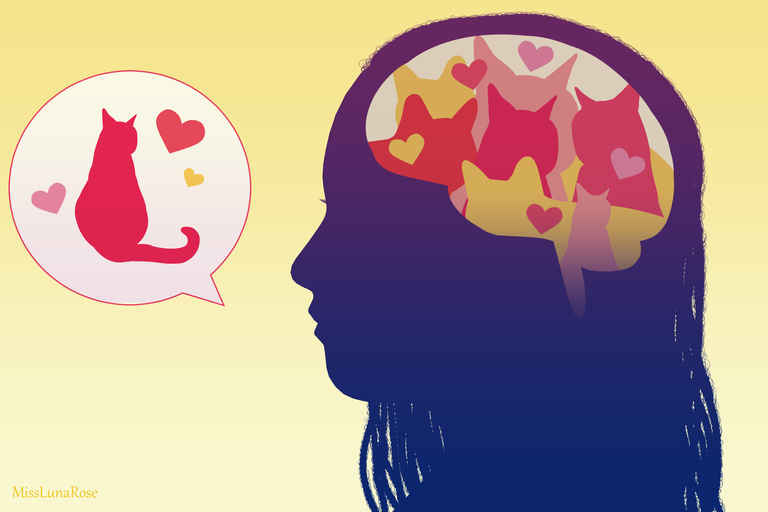Exploring the Complexity of Autism Spectrum Disorders
Autism! Let me say Autism Spectrum because it is really a broad umbrella for autistic people in diverse groups. According to the World Health Organization, 1 in 100 people suffer from this spectrum. This spectrum can different in people as some set of people will just keep to themselves, communicating with gadgets, some can be geeky in what they do and it marvel people around them, some can look unhappy all the time, and just keeping to themselves. The surprising thing is that out of all I have listed, a person with autism might not fall into any of the category because it isn't just one disease, it is a spectrum.
Overtime, the Diagnostic and Statistical Manual of Mental Disorders Fifth Edition (DSM-5TM) has been updated on who falls under this spectrum as well as types of diagnosis and therapy that are needed for the spectrum. Now let me say that depending on research and study, these things can be improved upon in the near future but for now, this is what we know about Autism Spectrum.
We should know that autism wasn't always regarded as a spectrum, so this means that a lot of people that fall under this umbrella name today wouldn't have fallen there in the past and that is why in the 1940s, it was regarded as rare, compared to the 1 in 100 that we have today. At the time, children who were avoiding eye contact, hugs, and other social contacts, were drawn to particular routines, repeated certain words, had certain types of movement, and were not good at using languages to communicate with people were regarded as autistic but the list has changed today. While some people who are autistic can relate to some of the things I just mentioned, there is more about the spectrum that we have learned.
The distinction started in 1994 when the DSM-4 was released. It started with Asperger's disorder. This were a disorder associated with people weren't intellectually disable and met with a few communication criteria. Other disorders were also added to the DSM-4 such as Pervasive Developmental Disorders, as well as Childhood disintegrative disorder. But in all, they were all an overlapping disorder of autism and this led to the combination of these diseases to become Autism Spectrum disorder in 2013.
Although, there have been numerous research for decades now, it is still very difficult to identify the cause of autism spectrum. Some scientists say that it has to do with genetics, and to support these, a publication surveyed the genes of over 1000 autistic persons and their relatives, and it showed that there were rare genetic codes that were present in them and their relatives.
The genetic underpinnings were linked to other autism associated diseases like ADHD and Schizophrenia. Although this is not clear for now, studies are still ongoing. The study didn't see the same genetic changes, and there were about 209 genetic changes in 10% of the people, and these genes were likely involves in the creation of the autistic experience. It is said that methyl groups attaches to the DNA of autistic people and this methyl groups attach to different genes which are responsible for different activities.
Another popular theory with autism is that the age of father affects the child. It is believed that children who were born by male parents who are 40 years and above have a tendency of being autistic since the sperm mutates as men grow older. This is just a likelihood and not a fact, before we start to attribute every autistic child to an older father. Another report says that children who were developed in the wombs of mothers with autoimmune diseases are 80% likely to be autistic. You must have heard of savant syndrome. Well, most savant syndrome persons fall under the spectrum but only 1% of autistic people are savants. So a person can be on the spectrum and not be savant, also a person can be savant and not be on the spectrum.
In the ever-evolving narrative of autism spectrum disorders, there is much left to discover. With ongoing research and advancements in understanding, we inch closer to unraveling the mysteries of this multifaceted condition, paving the way for improved support and interventions for individuals across the spectrum.
Reference
https://www.who.int/news-room/fact-sheets/detail/autism-spectrum-disorders
https://molecularautism.biomedcentral.com/articles/10.1186/s13229-018-0208-6
https://journals.sagepub.com/doi/10.1177/1362361320919286
https://www.nimh.nih.gov/health/topics/autism-spectrum-disorders-asd
https://www.ncbi.nlm.nih.gov/pmc/articles/PMC4929984/
https://www.ncbi.nlm.nih.gov/pmc/articles/PMC4067639/
https://www.sciencedirect.com/science/article/abs/pii/S0006322310011686
https://link.springer.com/article/10.1007/s10803-006-0307-7#Sec5
https://link.springer.com/article/10.1007/s10803-013-1906-8#Sec9
https://www.ncbi.nlm.nih.gov/pmc/articles/PMC7082250/
https://www.ncbi.nlm.nih.gov/pmc/articles/PMC4652641/
https://www.nature.com/articles/s41525-019-0098-3#Sec11
https://www.nimh.nih.gov/about/budget/fy-2019-budget-congressional-justification
https://www.sciencedirect.com/science/article/abs/pii/S0166432815301704?via%3Dihub#bib0010
https://www.researchgate.net/publication/320735194_Wechsler_Adult_Intelligence_Scale-IV_WAIS-IV
https://link.springer.com/referenceworkentry/10.1007/978-0-387-79061-9_2993
https://link.springer.com/article/10.1007/s12144-018-9812-z#citeas
https://www.ncbi.nlm.nih.gov/pmc/articles/PMC6602383/


Thanks for your contribution to the STEMsocial community. Feel free to join us on discord to get to know the rest of us!
Please consider delegating to the @stemsocial account (85% of the curation rewards are returned).
Thanks for including @stemsocial as a beneficiary, which gives you stronger support.